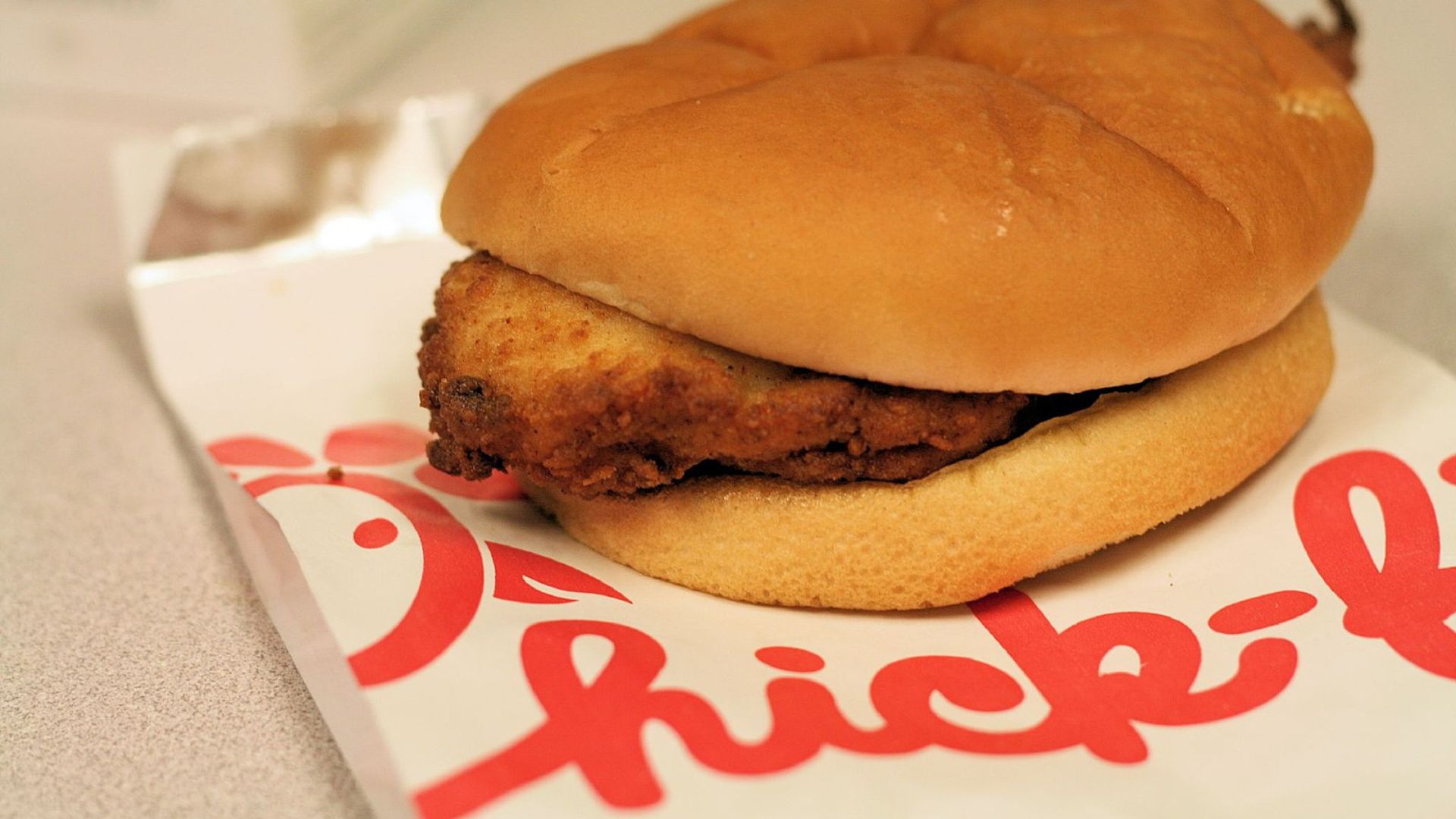Recent studies highlight a harsh reality on California’s college campuses—students are skipping meals to afford books and other fees.
The struggle is real, with food insecurity rates swinging wildly from 25% to over 50% across different schools.
Fast Food: A College Staple

A study found that 84% percent of college students consumed fast-food with 54% eating it at least once a week.
Fast and cheap—that’s why it’s the go-to meal for many students. But as costs rise, even this budget-friendly option is slipping away.
Financial Fumbles and Food

Managing money for the first time alongside spiraling tuition and shifting financial aid can leave many students floundering.
Food insecurity becomes just another part of the college challenge.
Wage Changes Worsening Problem

The recent minimum wage hike has made even fast food a tough buy for students.
Those on a tight budget, especially the 42% of UC students on Pell Grants, feel the pinch the most.
Skipping Meals

With the rise in meal costs, skipping meals is becoming more common, affecting students’ health and their ability to perform academically.
It’s a vicious cycle of less food, less focus.
Kitchen Crisis Compounds Problems

Another study found that lack of proper food storage and cooking facilities means many students can’t easily whip up a meal, pushing them towards fast food despite its rising costs.
It’s either that or go hungry.
Grassroots Movements Making a Mark

At UC Berkeley, students are taking matters into their own hands with a food pantry that helps not just with meals but also offers emergency housing and financial aid assistance.
It’s community support at its best.
The Pantry: A Band-Aid Solution?

While food pantries provide immediate relief, they aren’t a fix-all.
Limited budgets and volunteer staff mean they can’t always offer the nutritious meals students need to stay healthy.
The Stigma of Getting Help

There’s often a stigma attached to using food pantries, which can prevent students from accessing this crucial resource.
Breaking down these barriers is key to tackling campus hunger.
Measuring the Hunger Metric

Without precise tools to measure food insecurity, it’s tough to target interventions effectively.
Tailored tools for California could lead to better policies and fewer students going hungry on campus.
Policy Changes Pending

Accurate data could drive policy changes that directly address the root causes of food insecurity on campuses.
It’s about turning statistics into solutions that will last.
The Future of College Food Insecurity

What’s next beyond food pantries?
Finding sustainable, long-term solutions that ensure no student has to choose between a textbook and a meal is the challenge ahead for California’s universities.
